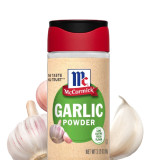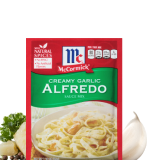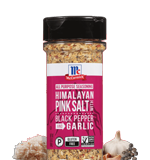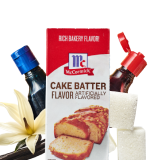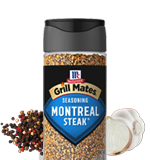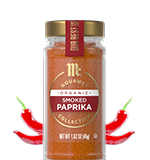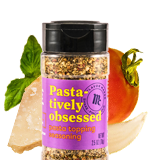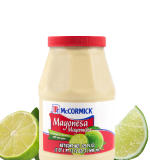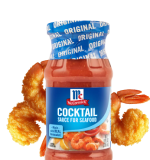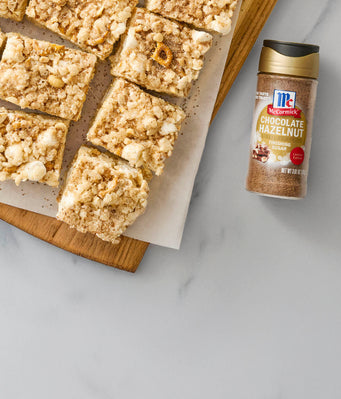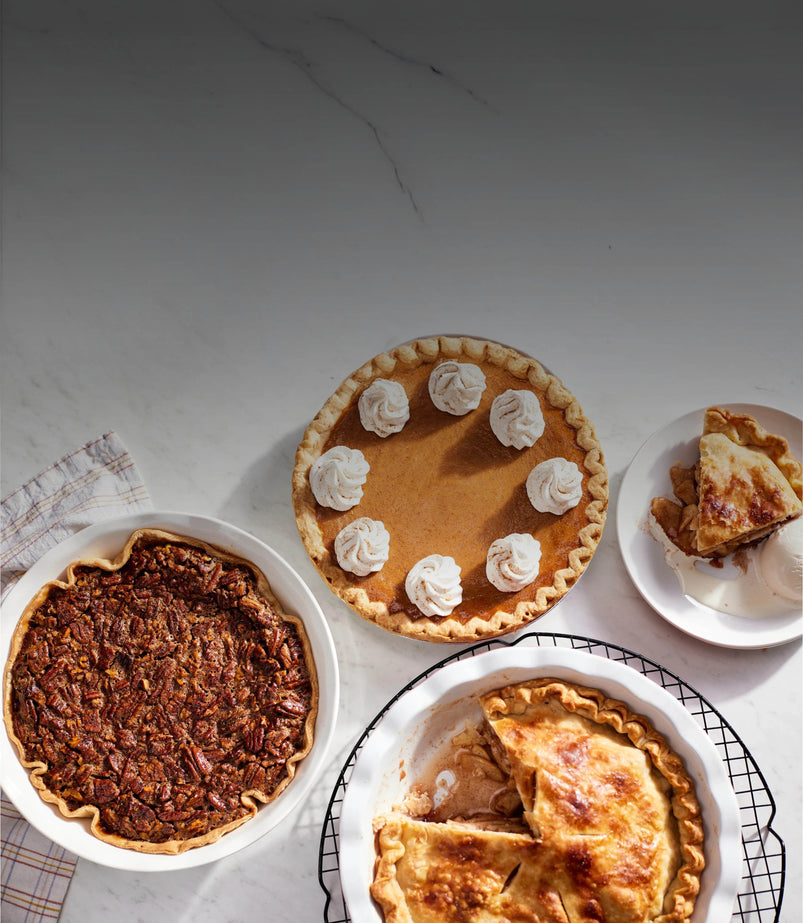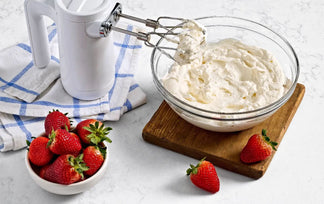
How to Store and Freeze Fresh Produce

By: Brier Barclay
August 13, 2025
Instructions
It’s farmer’s market season! And with each stall (and grocery aisle) bursting with farm-fresh produce, now’s the time to find tasty ways to preserve that summer flavor. One classic way to make the most of summer produce is with homemade jams, jellies or pickles. But it’s even easier to freeze fresh produce to use throughout the year.
Read on to learn how to freeze your own produce — and find tasty recipes to inspire you all year long.

Prep your produce for freezing
No matter what you’re planning to freeze, you’ll need to complete a few steps to get ready.
First, thoroughly wash your produce and allow it to air dry on the counter before proceeding. Peel the produce if you need to, then chop your fruits and veggies into bite-size pieces for freezing.
To blanch or not to blanch?
While some veggies can go straight into the freezer without issue, others will lose their flavor and texture over time in the freezer. To keep ‘em looking bright and crisp, you’ll need to give them a quick dip in boiling water before they’re ready to freeze. This step, called blanching, deactivates the enzymes that degrade the veggies in the freezer, so they’ll look and taste amazing when you’re ready to use them.
If you’re not sure if you need to blanch your produce, check out our handy chart below:
|
Requires blanching |
Does not require blanching |
|
Asparagus Broccoli Brussels sprouts Cauliflower Carrots (sliced or cut) Celery Corn Leafy greens (cabbage, collards, spinach, etc.) Green beans Summer squash Rutabaga Turnips |
Bell peppers Onions Tomatoes Fruits |
How to blanch vegetables
Follow these steps to reduce spoilage in minutes
-
Prep your station. You’ll need your produce, washed and ready, a boiling pot of water and a mixing bowl filled with ice and water.
-
Blanch the produce. Add the veggies to the boiling water and blanch for the required amount of time (see chart below).
-
Transfer to the ice bath. Use a slotted spoon to transfer the blanched veggies into the ice bath, allowing to rest until chilled. This stops the cooking process and prevents your produce from overcooking.
-
Dry the produce. To prepare for freezing.
Blanching times:
Adapted from the National Center for Home Food Preservation at the University of Georgia
|
Vegetable |
Blanch for… |
|
Asparagus |
2-4 min, depending on size |
|
Broccoli |
3 min |
|
Brussels sprouts |
3-5 min, depending on size |
|
Cauliflower |
3 min |
|
Carrots |
2 min |
|
Celery |
3 min |
|
Corn |
4 min |
|
Leafy greens |
2 min (3 min for collard greens) |
|
Green beans |
3 min |
|
Rutabaga |
3 min |
|
Summer squash |
3 min |
|
Turnips |
2 min |

How to freeze produce
Once your goods are prepped and blanched, if needed, you’re ready to freeze. Prep your workspace by setting out baking sheets lined with parchment paper. Then distribute your produce over the sheets, leaving some space around each piece, and place in the freezer to freeze overnight.
The next day, add the produce to an airtight bag or container, and consider vacuum-sealing to extend the shelf life. From here, you can store the bags in the freezer for up to 12 months — if you don’t use it up before then!

What to make with your frozen produce
Now onto the fun part — making delicious meals even tastier with homemade frozen fruits and veggies. Try these recipes to stay inspired all year long.
Use your frozen fruits:
Cook with frozen veggies:

